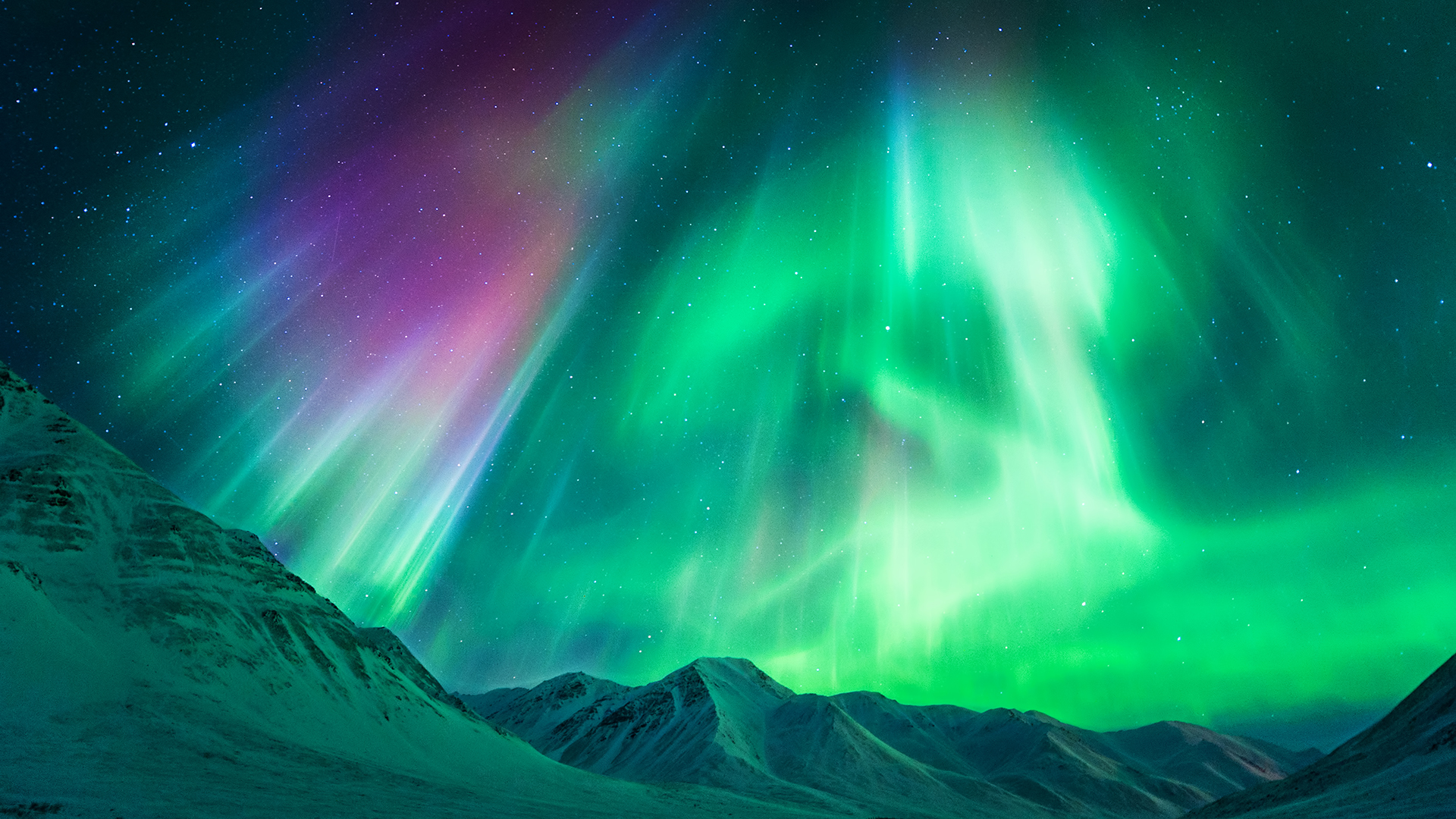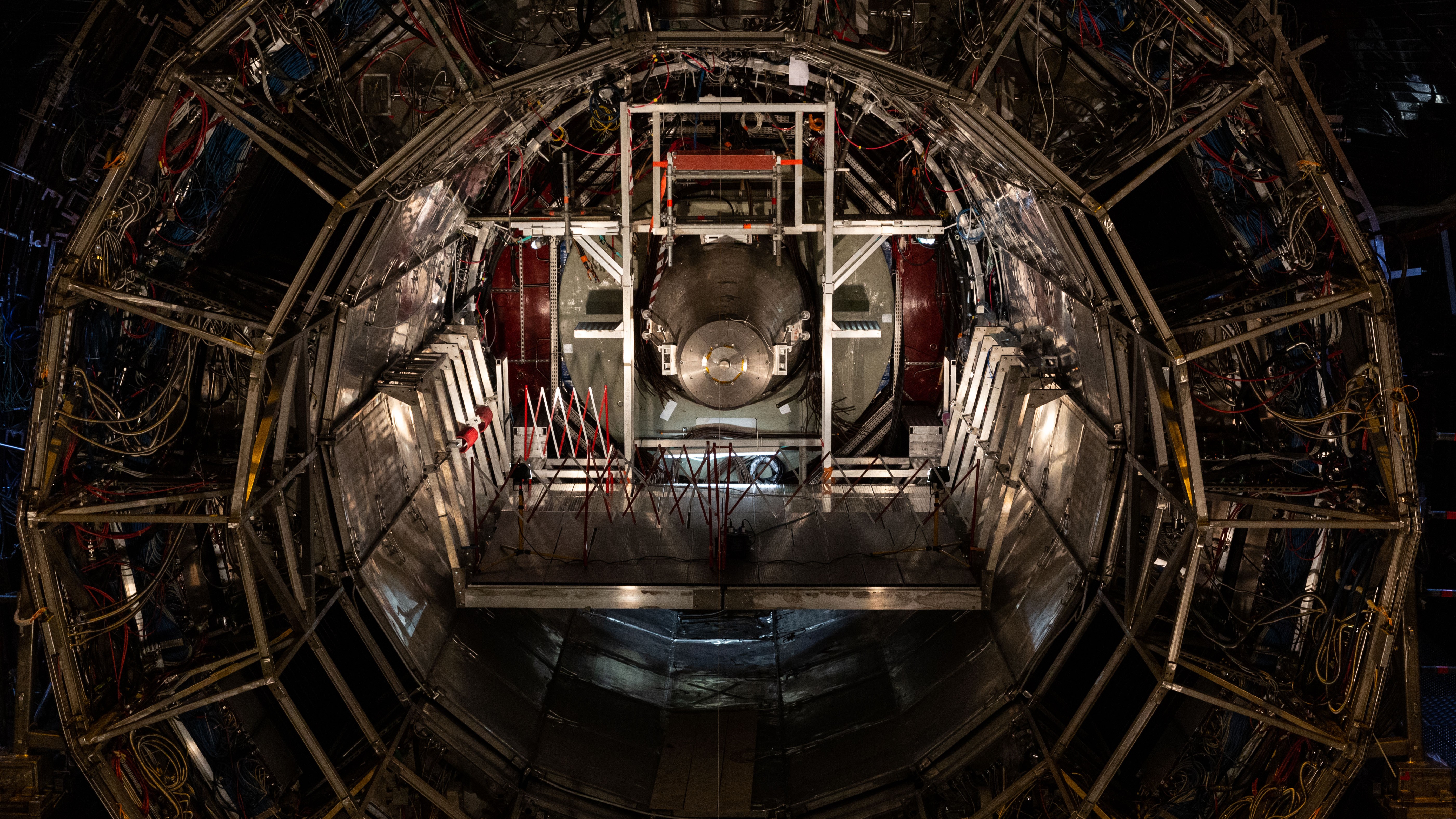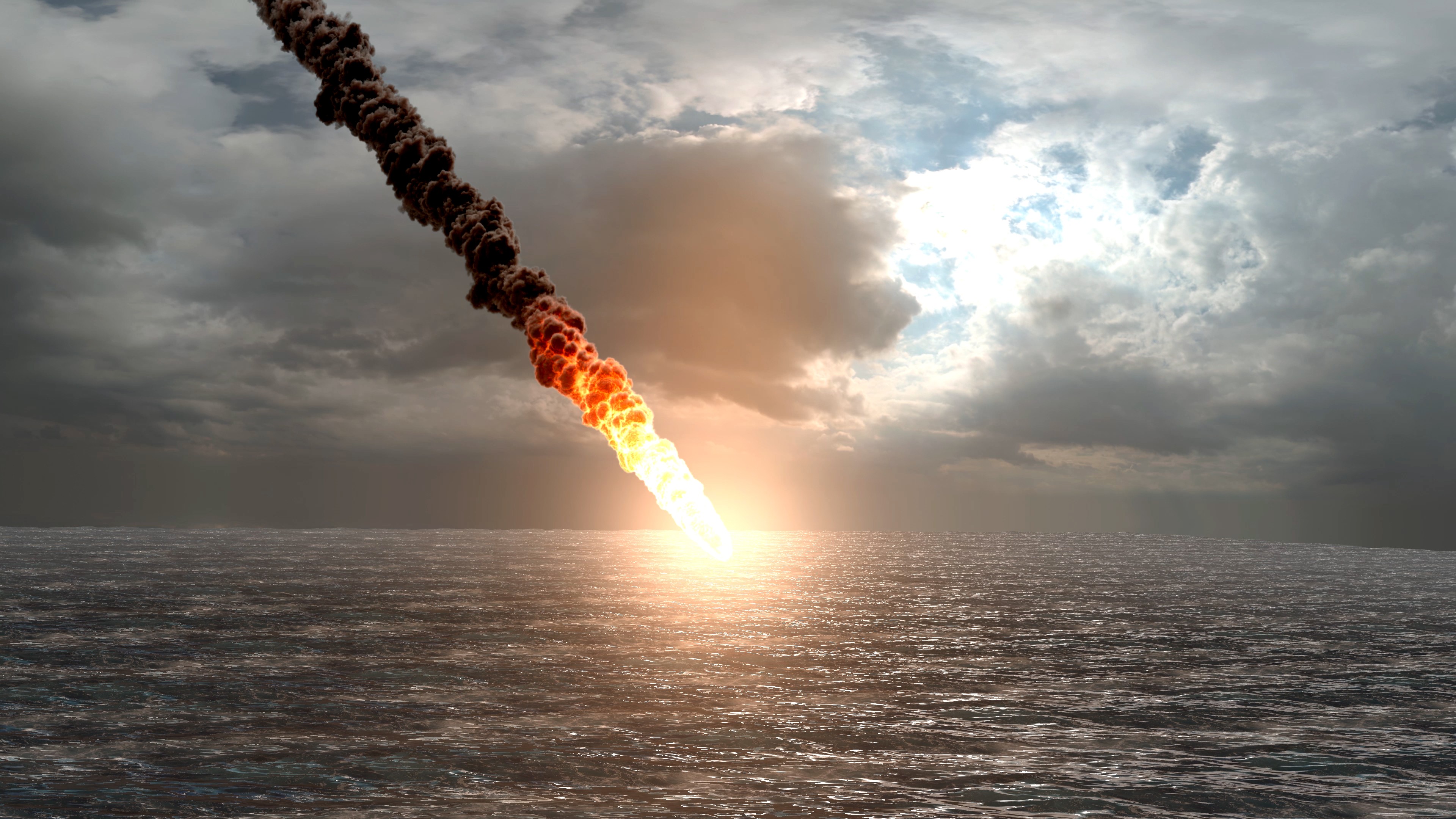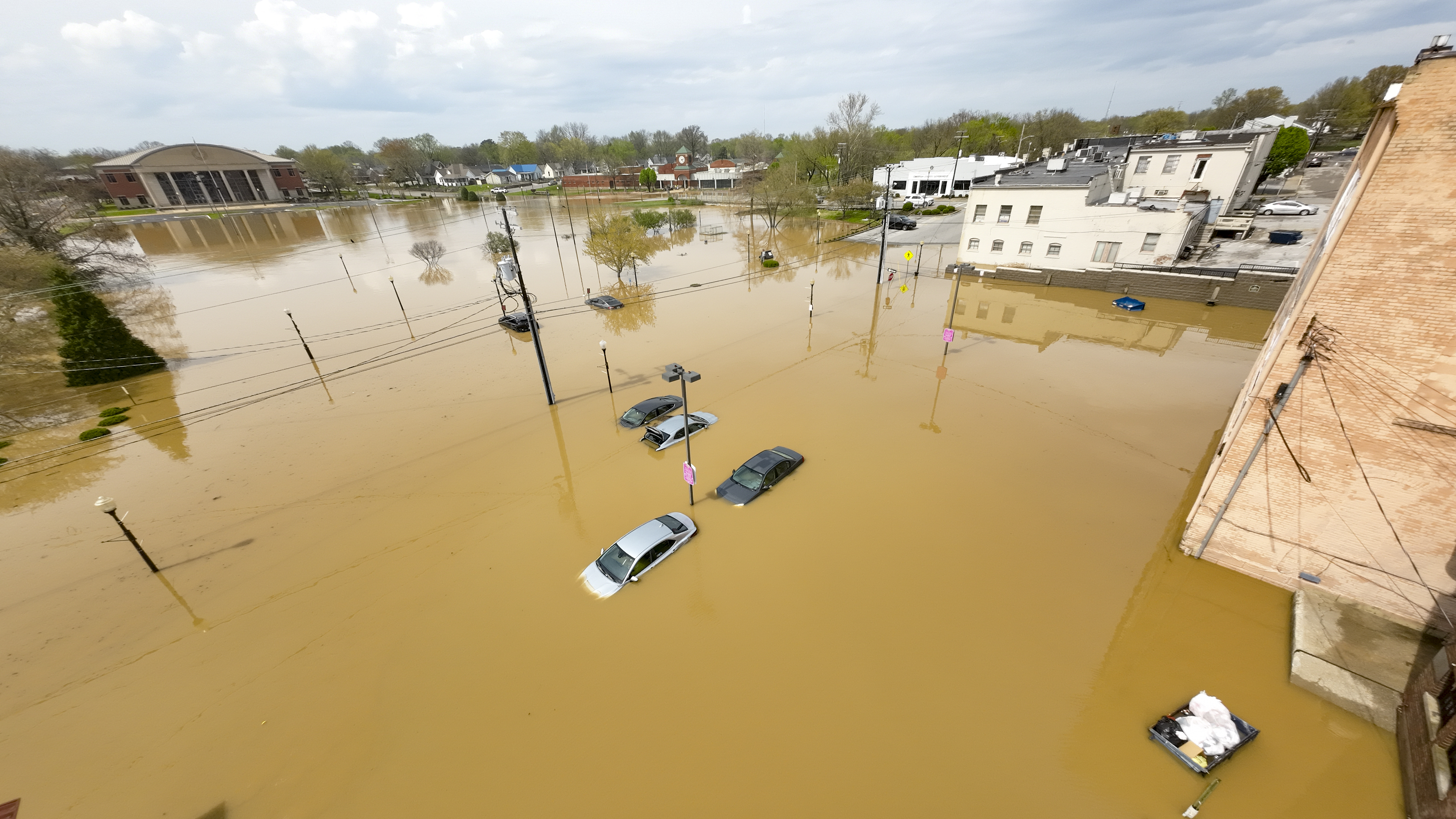41,000 years ago, auroras blazed near the equator
A geomagnetic disruption caused auroras to wander for centuries.

If you want to be dazzled by a spectacular northern lights display, your best bet is to skywatch near the North Pole. But that wasn't the case 41,000 years ago, when a disruption of Earth's magnetic field sent auroras wandering toward the equator.
During this geomagnetic disturbance, known as the Laschamp event or the Laschamp excursion, the planet's magnetic north and south weakened, and the magnetic field tilted on its axis and diminished to a fraction of its former strength. This lessened the magnetic pull that normally directs the flow of high-energy solar particles toward the north and south poles, where they interact with atmospheric gases to illuminate night skies as the northern and southern lights.
It took about 1,300 years for the magnetic field to return to its original strength and tilt, and during that time the auroras strayed to near-equatorial latitudes where they are typically never seen, scientists reported on Thursday (Dec. 16) at the annual conference of the American Geophysical Union (AGU), held in New Orleans and online.
This period of intense geomagnetic change may also have shaped changes in Earth's atmosphere that affected living conditions on parts of the planet, presenter Agnit Mukhopadhyay, a doctoral candidate in the Climate and Space Sciences Department at the University of Michigan, said at the AGU conference.
Related: Northern lights: 8 dazzling facts about auroras
Earth's magnetic field is born in the churning of our planet's molten core. Metallic sloshing near Earth's center and the planet's rotation together generate magnetic poles at the surface in the north and south; magnetic field lines connect the poles in curving arcs. These form a protective zone, also known as the magnetosphere, which shields the planet from radioactive particles from space, according to NASA. The magnetosphere also protects Earth's atmosphere from being worn away by solar wind, or streaming particles blasted outward by the sun.
On the side of Earth that faces the sun (bearing the brunt of the solar wind), the magnetosphere is compressed to approximately 6 to 10 times Earth's radius. On Earth's nighttime side, the magnetosphere streams away into space and can extend for hundreds of Earth-lengths, according to NASA. But about 41,000 years ago, the magnetosphere's strength plummeted "to nearly 4% of modern values" and tilted on its side, Mukhopadhyay said. "Several investigations in the past have predicted that the magnetosphere disappeared completely on the day side," he added.
Sign up for the Live Science daily newsletter now
Get the world’s most fascinating discoveries delivered straight to your inbox.
Mukhopadhyay and his colleagues used a daisy chain of different models to discover this result. They first fed data on the planet's magnetism from ancient rock sediments, as well as volcanic data, into a simulation of the magnetic field during the Laschamp event. They combined this data with simulations of the magnetosphere's interactions with the solar wind, then fed those results into another model that calculated the aurora's location, shape and strength by analyzing parameters of the solar particles that create auroras, such as their ion pressure, density and temperature.
This is the first time that scientists have used this technique "to simulate the geospace system and predict magnetospheric configurations, along with the location of the aurora," Mukhopadhyay said.

The team found that even though the magnetosphere shrank to about 3.8 times Earth's radius during the Laschamp event, it never disappeared entirely. During this period of reduced magnetic strength, the poles that were formerly positioned north and south moved toward equatorial latitudes — and the auroras followed them.
"The geomagnetic tilt was significantly skewed from the geographic poles," Mukhopadhyay said. "This led auroral precipitation to follow the magnetic poles and relocate from the geographic polar regions of Earth to equator-ward latitudes."
Prior studies suggested that the Laschamps event could have affected habitability on prehistoric Earth by plunging the planet into an environmental crisis, and the new models hinted that such an outcome was "highly likely," Mukhopadhyay reported. Earlier this year, other researchers found that a weakened magnetosphere would have been easily penetrated by solar winds, leading to a damaged ozone layer, climate upheaval and extinctions — perhaps even contributing to the disappearance of Neanderthals in Europe, Live Science previously reported.
While their findings don't prove a cause-and-effect relationship between Laschamp's magnetic field changes and serious ecological repercussions on Earth, the models offered insights for future research that could establish such a link, Mukhopadhyay said.
Originally published on Live Science.

Mindy Weisberger is an editor at Scholastic and a former Live Science channel editor and senior writer. She has reported on general science, covering climate change, paleontology, biology and space. Mindy studied film at Columbia University; prior to Live Science she produced, wrote and directed media for the American Museum of Natural History in New York City. Her videos about dinosaurs, astrophysics, biodiversity and evolution appear in museums and science centers worldwide, earning awards such as the CINE Golden Eagle and the Communicator Award of Excellence. Her writing has also appeared in Scientific American, The Washington Post and How It Works Magazine. Her book "Rise of the Zombie Bugs: The Surprising Science of Parasitic Mind Control" will be published in spring 2025 by Johns Hopkins University Press.









